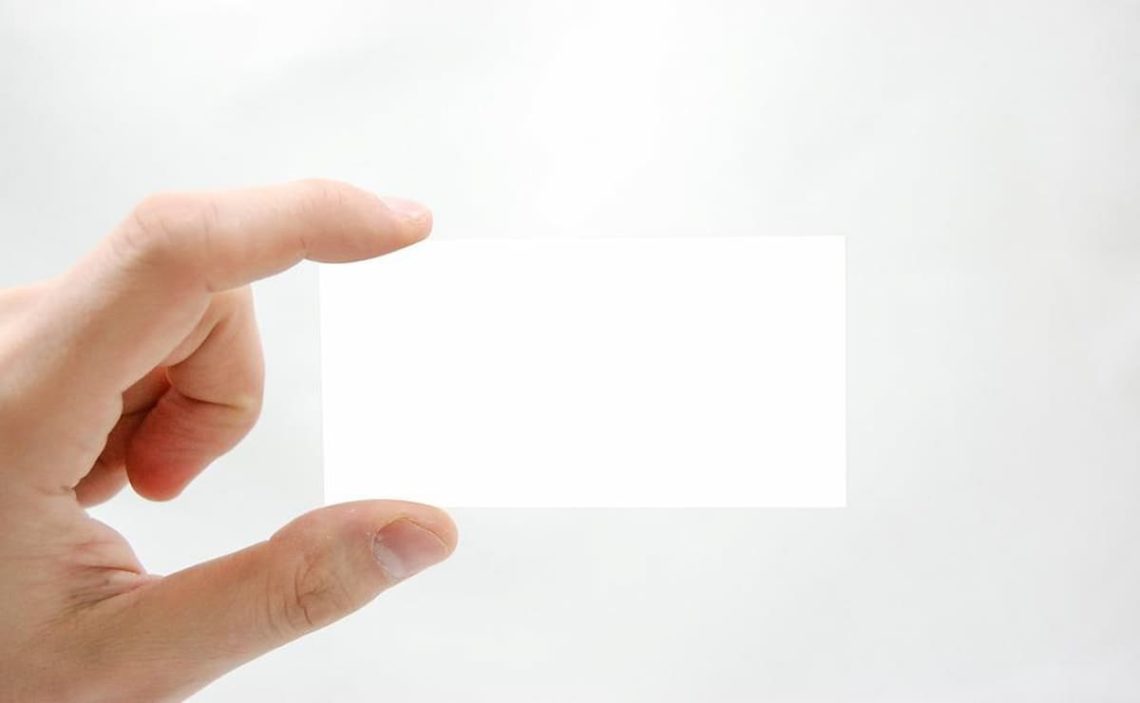Many people wonder whether it is possible to sort the Social Security card. That is a very important document that is offered only on paper, unlike other durable documents. Let’s investigate whether this lamination is possible, legal, illegal, and other aspects you should be aware of.
How to laminate a Social Security card?
Two important issues must be distinguished when considering laminating a Social Security card:
- Yes, it is possible to laminate the card
- It is not recommended according to the Social Security Administration
These are, therefore, two relevant issues because, on the one hand, you can laminate your card; on the other hand, according to the administration, this is not a recommended action.
The main reason the SSA does not recommend laminating the cards is that lamination may cause some of the basic security features of the cards to be lost. Remember that these cards have an anti-copy pattern and a particular feel (banknote paper). When you laminate the card, both security features are lost.
If it is clear that our Social Security number provides relevant and sensitive information, it is very important not to lose some security elements.
In addition, it is also important to remember that sometimes, they may not accept a laminated card.
The main reason your laminated Social Security card may not be accepted is that there is a proliferation of fake cards. The vast majority of these counterfeit cards are laminated. Therefore, for example, many employers will not accept or question one of these laminated cards: this can be a drawback when getting a job.
So is it illegal to laminate cards?
Not really. If you notice, it is not an imposition by the SSA but a recommendation. There is no law against laminating these cards. It is not an illegal action, it is not penalized, and you can do it well. Therefore, you are not exposed to any fines.
However, it is worth remembering that employers may be free to understand that your laminated card does not inspire them the necessary confidence. Remember, some security features considered important in many cases have been lost in the lamination.
Do I have alternatives to laminating my Social Security card?
Yes, you do. Along with recommendations not to laminate the card, there are several tips and ideas for using it securely without exposing yourself to the loss of security features.
The first idea is something as simple as not using the card other than when needed. That implies that we will not carry the card with us constantly. We will keep it stored in our home, in a safe place and well located, and we will only use it when we need it.
Remember that a social security card is only used in specific situations, for example, when starting a new job.
From a practical point of view, plastic sleeves are very suitable. There are sleeves that you can buy for a very low price. They are small protective cases in which you can insert the card and obtain practically all the advantages of lamination. When you need to use the card, remove it from the sleeve, and it will not lose any security features.
Is it a good idea to have documents laminated?
It depends on the type of document. Many documents are already laminated when we receive them.
However, many documents should not be laminated, and even some cannot be laminated because they lose their validity or legality. It is very important that you thoroughly review all sensitive documents and look for protective elements for them. For example, documents as important as your birth certificate, your passport, and insurance cards are really important documents. A good part of all these documents cannot be laminated, so you must find other options.
Generally, these options are to use the documentation rationally: only when needed. Another option, as we have seen in the case of the social security card, is to use external protection such as sleeves: this is a really useful and practical formula.
In short, laminating any document can be a good idea for its protection, but you have to be very careful as it may not be such a good idea from a security point of view.


